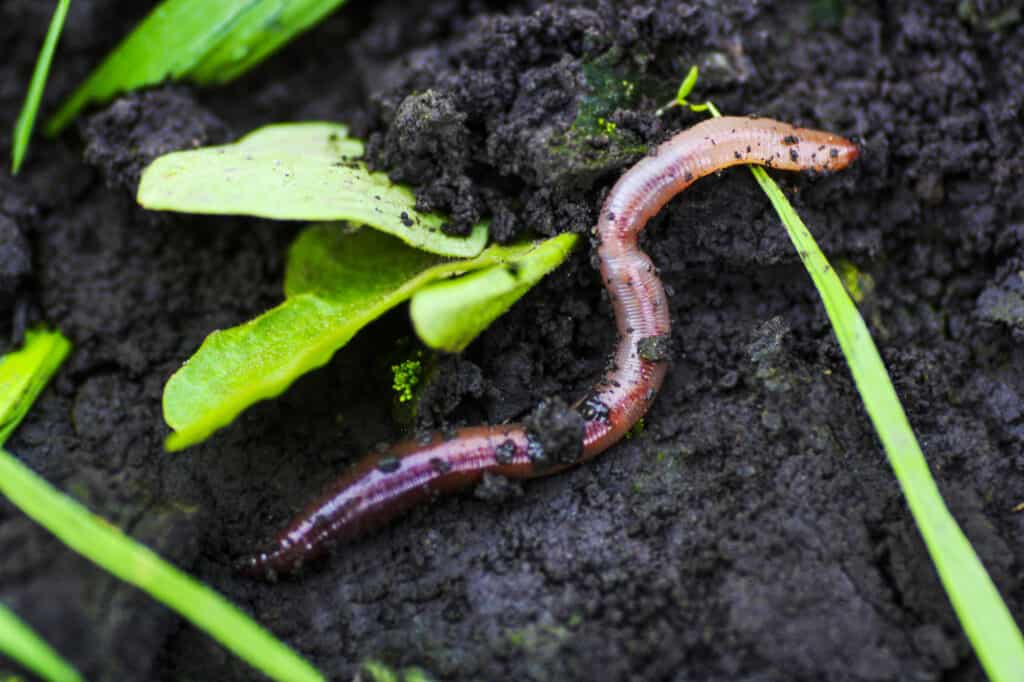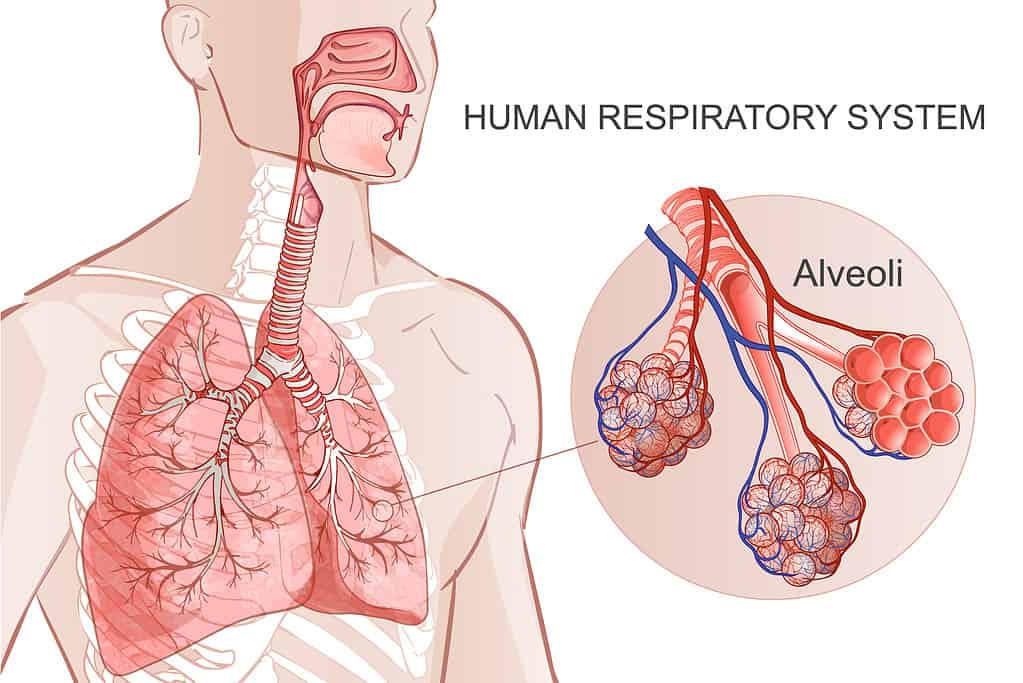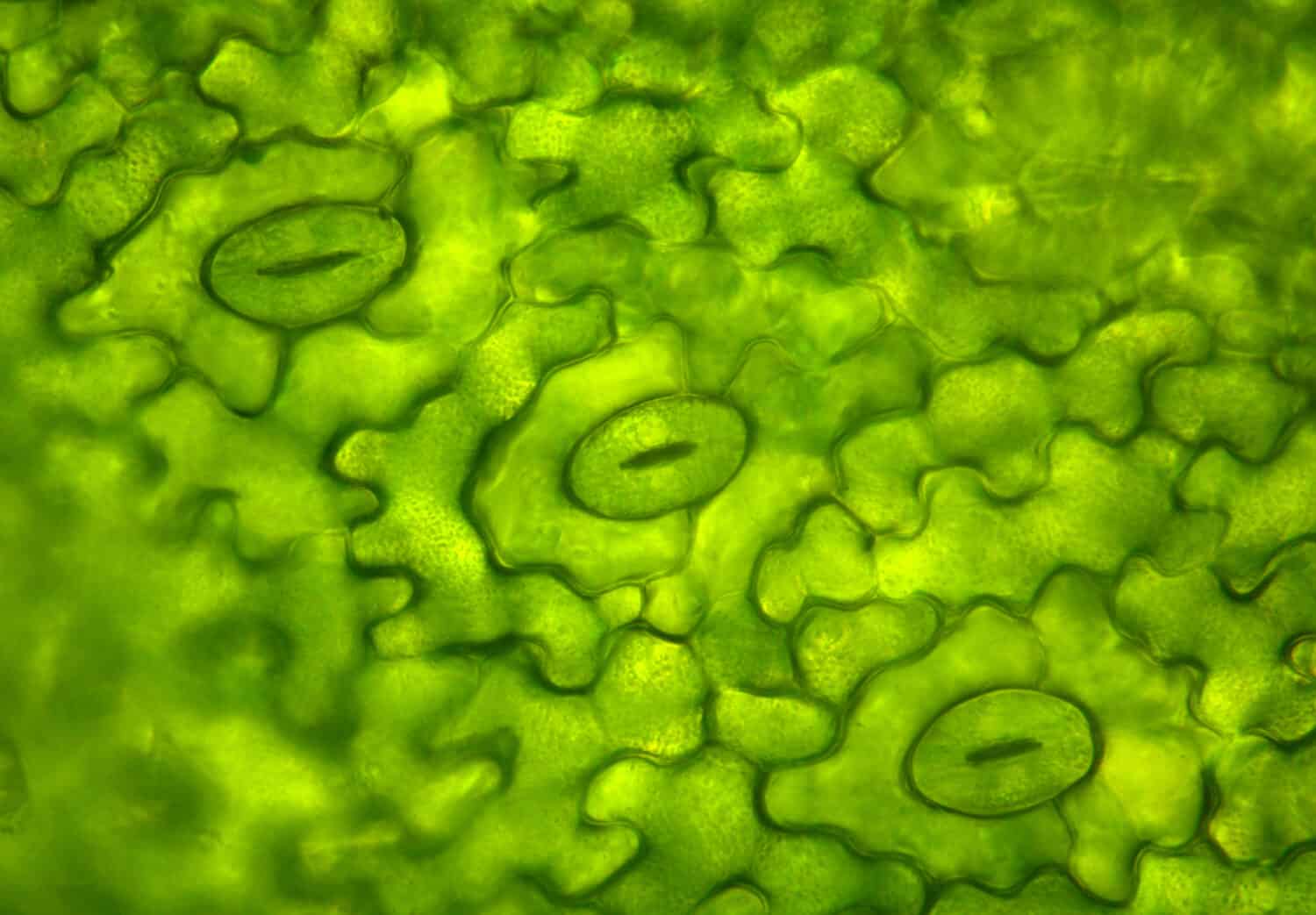The respiratory system is the organs and other structures in a creature’s body that allow them to perform gas exchange.
Understanding the Respiratory System
The respiratory system is responsible for gas exchange in plants and animals. This system utilizes a variety of organs and structures that vary between the organisms performing respiration.
To understand a respiratory system, it’s necessary to consider why it is needed and then how it happens.
Generally, an animal uses respiration to take in oxygen and nitrogen by inhaling. The oxygen provides fuel for the organism’s cells. The oxygen is used to take part in cellular respiration and gain energy. Carbon dioxide is an end product of cellular respiration, and it is expelled through exhalation.
That is a very basic way of understanding the goals of respiration. However, how respiration is accomplished changes between organisms and so are the goals.
Examples of Respiratory Systems
Three types of respiratory structures are found in vertebrates and many invertebrates. They include integumentary exchange areas, lungs, and gills.
Lungs are a pair of respiratory organs used by mammals, including humans. Humans draw air into their lungs and start the gas exchange process. The oxygen brought into the lungs moves into the bloodstream while carbon dioxide moves from the bloodstream into the lungs so that it can be exhaled.
Gills are respiratory organs used by fish to take in oxygen and get rid of carbon dioxide. Since fish live in water, they don’t breathe in like mammals. Instead, fish open their mouths and allow water to flow into their bodies and out through their gills. The gills absorb the dissolved oxygen in the water while also passing carbon dioxide into the water.
Integumentary exchange areas are used by a variety of creatures like earthworms to take in oxygen. These creatures exchange gases through their specialized skin.

Earthworms breathe through their specialized skin.
©iStock.com/Ozii45
The Parts of the Human Respiratory System
The human respiratory system is very complex and consists of several organs and other biological structures. Typically, 7 structures are considered a part of the respiratory system. They include:
- Mouth
- Nose
- Pharynx (the throat)
- Larynx (the voice box)
- Trachea (the windpipe)
- Bronchi and bronchioles (airways)
- Lungs
These structures and organs are broken down into two sections: the upper respiratory tract and the lower respiratory tract.
The upper respiratory system is responsible for taking in oxygen from the surrounding environment. This portion of the respiratory system consists of:
- Nose
- Mouth
- Pharynx
- Larynx
- Trachea
The lower respiratory system is made up of the following:
- Lungs
- Bronchi
- Bronchioles and associated alveoli
Together, and with the aid of several other parts of the body, these systems allow humans to breathe.

The human respiratory system relies on a series of organs and structures.
©first vector trend/Shutterstock.com
An Overview of Human Respiration
The goal of gas exchange in the human respiratory system is to take in oxygen and breathe out carbon dioxide. This process requires several steps. A basic overview of human respiration is:
- A person starts to breathe in when the diaphragm and accessory muscles contract. This allows a person’s chest to expand and to draw in the air from their surroundings.
- The air flows in through the mouth or nose.
- The air continues to flow past the pharynx, larynx, and trachea.
- Air enters the lungs through the large airways called bronchi, and the air moves to both of the lungs.
- As the air goes farther into the lungs, the large bronchi feed into smaller ones.
- The bronchi eventually divide into smaller airways called bronchioles.
- The gas exchange between oxygen and carbon dioxide occurs at the end of the bronchioles in small sacs called alveoli.
- Exhalation removes carbon dioxide from the body.
Again, this is a very simplistic view of the operations of the respiratory system in the human body. However, this method of respiration is remarkably similar to that of other mammals. That includes creatures like dogs and horses. However, not all animals can breathe through their nose and mouth. Some, including horses, can only breathe in through their nose.
Respiration in Plants
Plants also engage in gas exchange because they need to make their own food. Plants have a respiratory system of sorts, but it does not involve the same organs or actions as vertebrates and invertebrates.
Instead, most plants have tiny pores in their leaves called stomata. Stomata are located on the underside of leaves. They can open or close depending on what is happening in their environment. Plants perform gas exchange at these pores. Plants will take in carbon dioxide through their stomata, and they will also release leftover carbon dioxide and oxygen after completing photosynthesis.
Water vapor can also flow through the stomata. If the soil is dry, then the guard cells on the sides of the stomata will close the pore to save water. This is a simplistic overview of respiration in plants.

Many plants exchange gases using stomata
©Barbol/Shutterstock.com








